Posted on behalf of Elizabeth Woodhouse, Publishing Editor
I recently attended Faraday Conference 170 held at McGill University, Montreal, Canada from 21st – 23rd May 2014. The program was chaired by Tomislav Friscic (McGill University) and covered all aspects of mechanochemistry with the aim of bringing together experts in milling mechanochemistry and sonochemistry, organic synthesis, metal-organic and inorganic materials chemistry, physical chemistry, pharmaceutical scientists and green chemistry.
LEFT: A slightly cloudy Montreal skyline. RIGHT: Ready for registration
William Jones (University of Cambridge) opened the conference with an introductory lecture and the discussions began with talks from Leonard MacGillvray (University of Iowa), Graeme Day (University of Southampton) and Tamara Hamilton (Barry University) on the subjects of mechanochemistry of organic molecules, soft materials and pharmaceuticals.
The second day featured discussions on the mechanochemistry of inorganic compounds and coordination-based materials, with Audrey Moores (McGill University) discussing her research on the solvent-free synthesis of biomass-stabilzed gold nanoparticles. The afternoon session focussed on the mechanistic understanding, use in catalysis and scale-up of mechanochemistry and included a discussion led by Achim Stolle (Friedrich-Schiller University) on the scale-up of organic reactions in ball mills.
LEFT: The Loving Cup ceremony RIGHT: Gurpaul Kochhar receiving the RSC Skinner prize from Professor Peter Skabara with Dr Tomislav Friscic, co-chair of the organising commitee
The conference dinner included the poster prize giving and the Loving Cup ceremony – a Faraday tradition! Gurpaul Kochhar was presented the RSC Skinner prize for his poster on ‘Predicting reaction barriers under mechanochemical conditions’ Congratulations Gurpaul!
The final day of the conference covered discussions on sonication and macromolecular mechanochemistry and the conference closed with concluding remarks given by Kenneth Suslick (University of Illinois at Urbana-Champaign). The next Faraday Conference is FD171: Emerging Photon Technologies for Chemical Dynamics and will be held on the 9th-11th July in Sheffield.


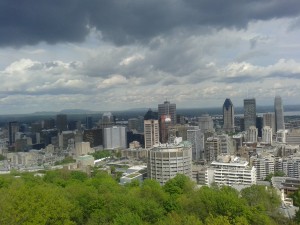
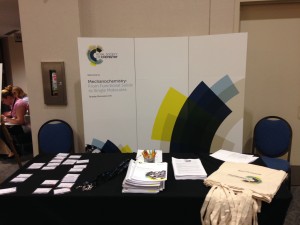
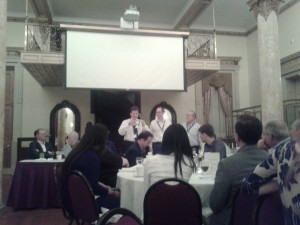
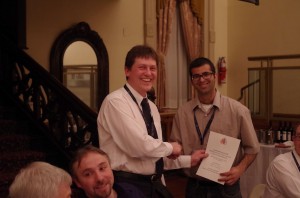









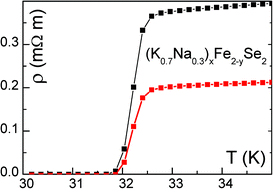
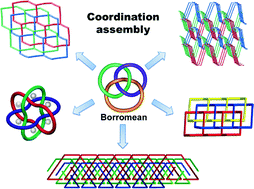
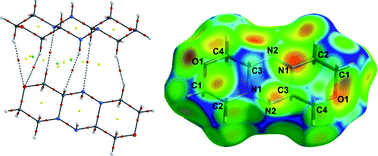
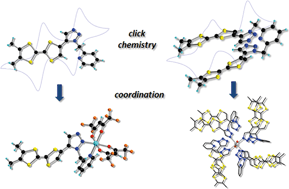
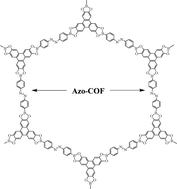
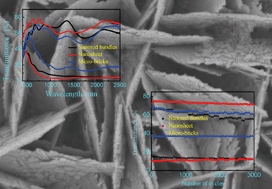


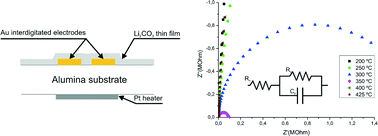

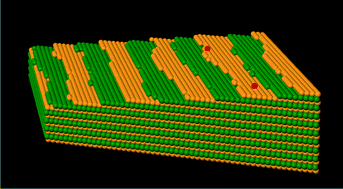
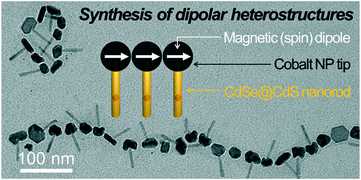
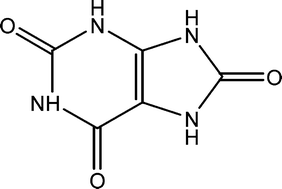
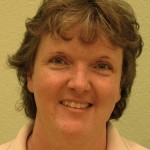 Gwenda Kyd has a PhD in metallocarborane chemistry from the University of Edinburgh. Other research work includes the spectroscopic study of the structure of glasses and organometallic electron-transfer reactions and the preparation of new inorganic phosphors. She has recently published a book on chemicals from plants.
Gwenda Kyd has a PhD in metallocarborane chemistry from the University of Edinburgh. Other research work includes the spectroscopic study of the structure of glasses and organometallic electron-transfer reactions and the preparation of new inorganic phosphors. She has recently published a book on chemicals from plants.